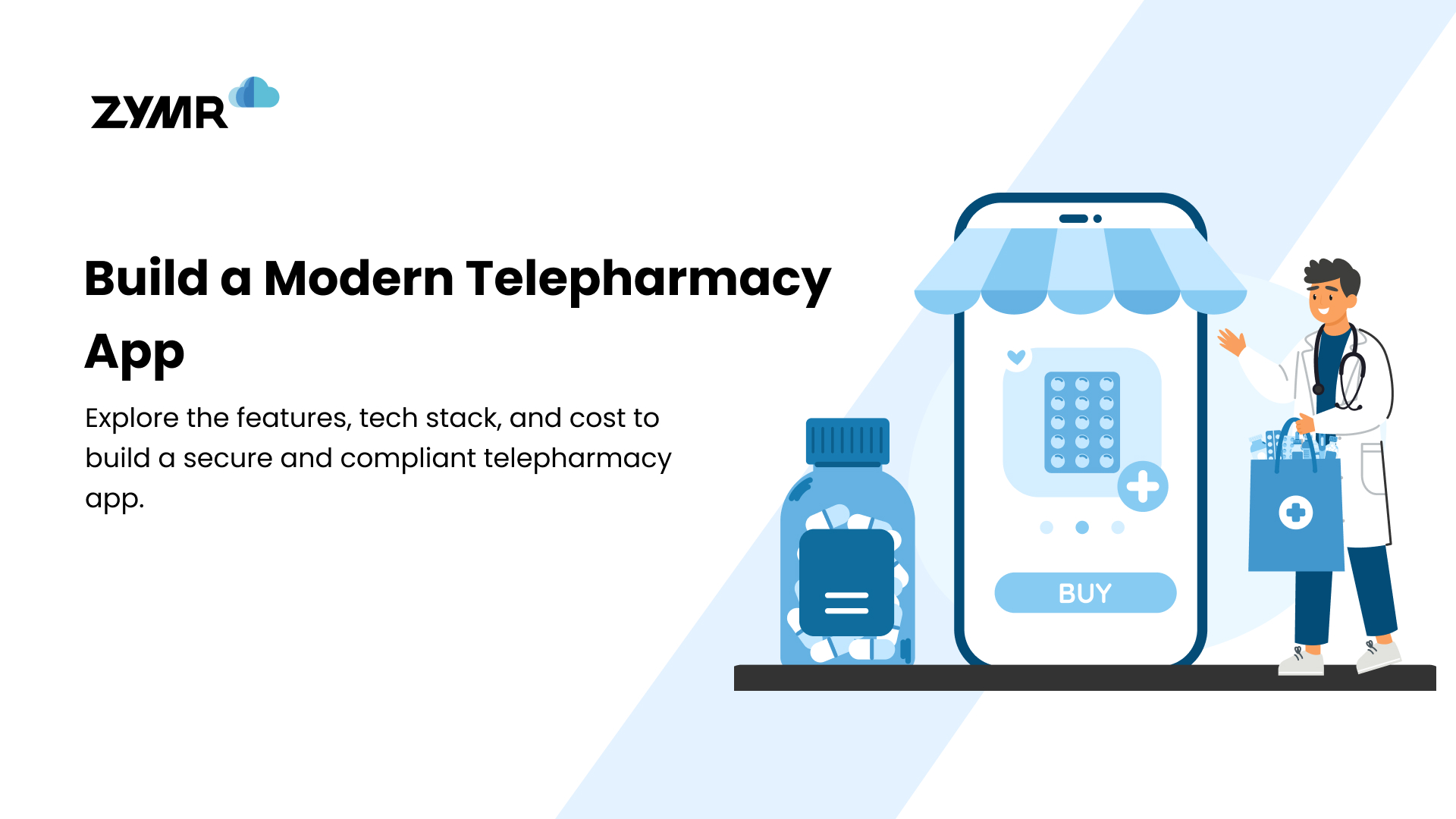The TICK Stack is a collection of associated technologies which combine to deliver a platform for storing, capturing, monitoring and visualizing data that is in time series. The TICK stack consists of the following technologies:
- Telgeraf – collection of tie sequential data from a range of sources including IoT devices.
- InfluxDB – high performance and efficient database store for handling high volumes of time-series data.
- Chronograf – real-time visualization of InfluxDB data.
- Kapacitor – monitoring and alerting based on views of InfluxDB data and anomalies contained within those views.
As we can see from this tech stack, TICK is perfect for monitoring IoT devices in real-time to automate complex systems such as a manufacturing plant.Basic Feature Set of TICKAs this is a combination of technologies, it is best to introduce the key features of each part of the TICK stack thus:
- Telegraf – lightweight and efficient with support for multiple data sources. Comes complete with over 40 plugins to help with input and output. Can interface with messaging systems such as Apache Kafka and with third party API from Google and Amazon.
- InfluxDB – open source, a simple architecture capable of handling unstructured data. High performance with inbuilt horizontal scaling through server clustering. Standardized native API and an SQL command set suited to time-series data.
- Chronograf – Integrated at a granular level with InfluxDB. Included smart query builder to aid with rapid query building. Suitable for producing ad hoc visualizations on the fly.
- Kapacitor – able to stream InfluxDB data directly, and also trigger events based upon the data stream. Two-way communication to write data back to InfluxDB after being actioned with standard InfluxDB SQL. Historical data can be ported into a data stream on the fly.
The Main Benefits of Using TICKThe TICK stack offers some pretty comprehensive benefits to developers who choose to use it. TICK offers true real-time analysis of data streams, as well as on-the-fly processing and computation.When this capability is combined with the fact that historical data can be aggregated into a real-time stream at the same time, the possibility to perform not only real-time analysis but also historic analysis exists. This delivers the capability to use TICK to implement a solid predictive analytics platform.TICK is rapid to implement, and because it is distributed under an open source license, the cost of ownership is relatively low once developers are up to speed.Use Cases for TICKTICK aligns well with many potential use cases. It especially fits uses which rely upon triggering events based on constant real-time data streams. An excellent example of this would be fleet tracking. TICK can monitor the fleet data in real-time and create an alert condition if something out of the ordinary occurs. It can also visualize the fleet in its entirety, creating a real-time dashboard of fleet status.IoT devices are also a strong point for TICK. Solutions that rely upon many IoT devices combining date streams to build an overall view, such as an automated manufacturing line, work well with TICK. TICK can trigger alert events, and visualize the entire status of a production line easily.
Conclusion
FAQs
>
>
>
>
>
Have a specific concern bothering you?
Try our complimentary 2-week POV engagement
Our Latest Blogs









.svg)
.svg)
.svg)
.svg)
.svg)
.svg)
